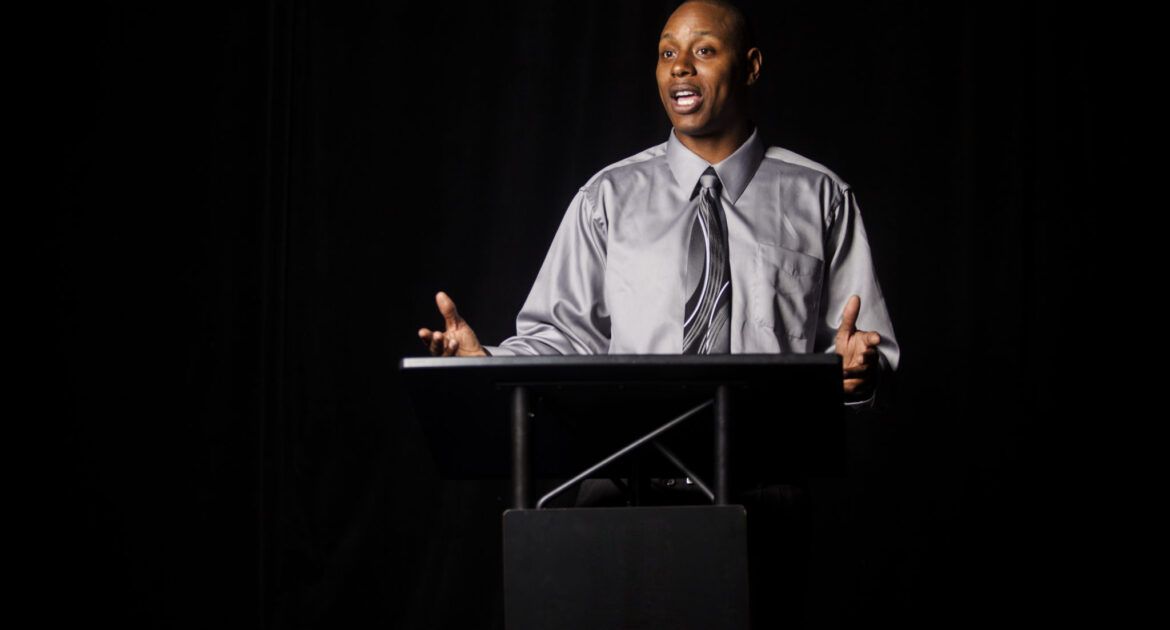Communication comes in many different formats. In modern society, the physical contact of communication appears to be diminishing. We are often hidden behind screens. Sending messages. Providing feedback. Giving instructions. Completing forms. This virtual world of communication lacks warmth, authenticity, integrity, and emotion. I miss the times of sitting with a lecturer over coffee, deliberating over my scripted assignments and exploring methods of enhancing my knowledge and skill set.
Students in higher education consistently gain knowledge by attending lectures and seminars. Student life is alive with knowledge sharing, skill enhancement, questioning, interrogating, and discovery. It is a never-ending world of adventurous learning filled with the excitement of knowledge enlightenment and enhancement. Lectures, seminars, symposiums, and tutorials are among the hugely varied teaching delivery methods. The involvement of third-party resources (e.g., book publishers) and technology (e.g., interactive SMART Board) have created further positive influences within higher education and have advanced the learning experience to the next level. These factors have inspired numerous innovative teaching proposals to improve the learning experience and to actively engage students in class more effectively (Alkhatib, O.J., 2018). However, each individual academic, responsible for course and content delivery, is unique. Differing personalities, attitudes, belief systems, knowledge, competence, experience and background determine how a lecturer delivers. Energetically, enthusiastically, authentically, passionately, jovially, seriously, sternly, anxiously, vacantly, or dismissively.
Teaching from the podium is an area of some neglect. It is, for some, a place of terror, fear, and prolonged anxiety. It can also be a place of passive listening, unconsolidated knowledge, and chaotic transfer of ideas, forward thinking and expertise. In my many years at both sides of the podium, as a student, and a lecturer, I have become frustrated with the didactic teaching techniques, dull presentations, anxious deliveries, limited resources, delivery methods, and somewhat fragmented and chaotic content sharing. I recognise that there are very many highly skilled lecturers who teach from the podium with great energetic execution. Inspiring their student audiences with their entire being, body, mind and soul. However, I am also aware that much teaching from the podium instigates boredom, lack of enjoyment, limited comprehension and, in fact, dulls a student’s enthusiasm. Beautifully planned visuals, meticulously carved handouts, and a welcome smile all add to the excitement of the anticipated shared knowledge. However, static body movement, lack of eye contact and storytelling, questioning, and not knowing your audience’s perspective will only lead to disinterest, disengagement, and a poor opinion of you, the professional. Yet, this teaching and learning method continues to be utilised widely across the globe in higher education institutions. Many lecturers would argue that it is not in their remit to ‘perform’ and actively engage with their student audience. I beg to differ. As lecturers, I believe that it is essential to ‘perform’ to your audience, and with your audience. Authentically perform. Emotionally perform. Academically perform. Connection, trust, honesty, and rapport is firstly key. This in turn leads to an interest in you, the lecturer. An enthusiasm for what you have to, or need to, share. A motivation to hang on every word, phrase, finding, story, example, and body movement.
Research suggests that the traditional teacher-centered lecture is still a viable and widely used method in higher education (Nilson, 2018). Research further indicates that active learning is generally more effective than traditional lecturing methods (reviewed by Prince, 2004). However, a growing number of universities and academics have embraced active learning methods as part of their teaching philosophy and method repertoire (Karabulut-Ilgu, et al., 2018).
We are all too aware that we need to engage creatively and effectively with our audience in order for learning to occur. Real, digested learning. Learning that ignites one’s soul to go deeper in to the knowledge base and discover more. Learning that causes an excitement so great, that hard work, experiential explorations and intensive collaboration become part of the daily trend to build on acquired knowledge. However, have we not yet realised that in order to effectively transfer knowledge, passion, and intriguing findings, that we need to offer a compelling delivery? An energetically varied and executed lesson…taught from the podium!
TOP FIVE TIPS
1) Position– if you are behind the podium, stand back a step or two. This will keep you from clutching or leaning on it. It will encourage you to use your hands naturally which will in turn enhance your authentic voice.
2) Inform– tell the audience what they are going to learn.
3) Overload– do not overload the audience with too much information. People are capable of holding only a few pieces of information in their short term memory at a time. Our job is to make the message clear, memorable and entertaining.
4) Visual images– use effective imagery that displays the message. This will get the audience’s attention.
5) Handouts– Create a hand out to accompany your presentation. However, do not give these out beforehand. The audience will read them and have no reason to listen to you. These should be well written comprehensive reports, containing detailed information. This is much more effective than the audience taking away their scribbled notes on your printed slides.
See also: Teaching From the Podium – Part 2





Leave a Reply